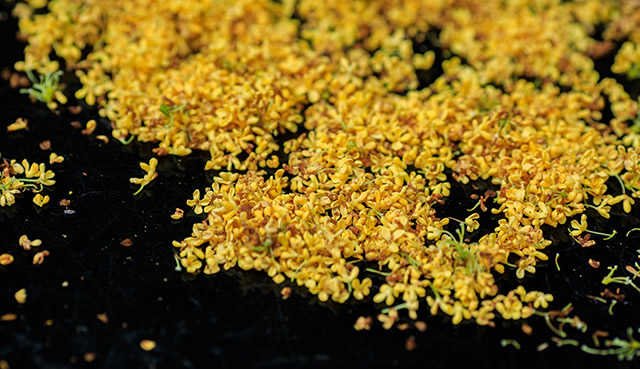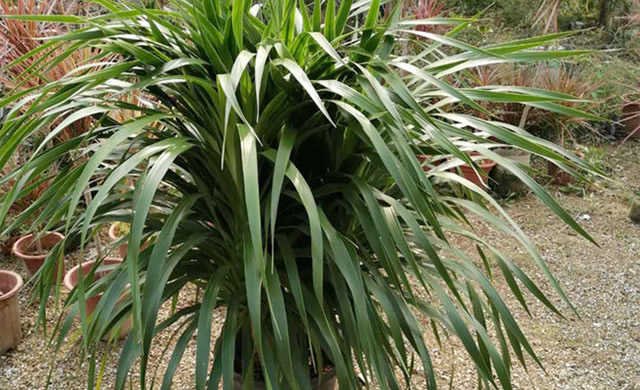How to raise the breeding method and precautions of Niuxianggui
1. Method of Niuxianggui Breeding Method
1. Soil sour
Sun Xianggui is suitable for growing a little bit of acidic soil.The fertileness of rotten soil and peat soil is very suitable.You can also be mixed with perlite or fine sand.
2. Watering in moderation
Ri Xiang Gui watering should be moderate, and the soil is the best in a slightly humid state.spring and autumn, watering once every 2 to 3 days, watering once every 1 to 2 days in summer, and watering in winter once every 3 to 4 days.Especially when the root water is just planted, the first time I need itWater, then watering a small amount.Excessive or wetting can affect the growth of the plant.
3. Passionate light
The sun incense and Guiyang must be more common in order to make it grow more vigorously, and the fragrance will be stronger.The temperature control is best at 15-30 C. When the temperature is low in winter, it must be taken to keep warm to make it flowers.

4. Keep humidity
Sun Xianggui also likes a gentle growth environment. The humidity should be kept about 80%. It is dry in summer and autumn. In order to keep the humidity, you need to spray water and watering at the leaves.winter is very cold, do not spray water, so as not to cause the root of the sun in the sun in the pyramid.
Second, Niuxianggui's breeding precautions
1. Timely trimming
Sun Xianggui must be trimmed in time. Their growth period is very long. The long branches and leaves, the weakness and the yellow branches and leaves must be cut in time.In this way, the nutrition of the plant can be fully guaranteed.And in the just -planted Rimi Gui, you must cut some tender branches. After the tender shoots are germinated, you should also cut it in time.
2. Diligence and thin fat
Sunframe osmanthus period is too long, so it needs enough nutrients to ensure its nutrition.Phosphorus and Potassium fertilizer is the most suitable Fertilizer for Japanese cinnamon. It can provide sufficient nutrients in Nikko Cinnaba to keep the flowers continuously.The Fertilizer is the most suitable for Fertilizer in August in autumn. The average is 10 to 20 days on average. It is best to apply Fertilizer once a flowering period.
3. Change the basin every year
Ri Xianggui needs to change the pots every year, otherwise the long -term flowering will cause the soil to miss the nutrition.It is best to change pots from 2 to March each spring, and autumn is the best in September to October.Be sure to keep a part of the original soil, add new Nutritional soil, then pour water, and then let it grow normally.
Third, the diseased and insect protection
1. The most common pests in Nikkei are leaf blight and anthracnose.Both of these diseases can be removed with bacteria.In addition to the multi -bacterial clearing, the Tapin Pinotrane 800 can also be sick after being diluted.
2. Most of the pests are shell worms or red spiders. After 1000 times the water is diluted, spray can be sprayed to remove insects soon.



